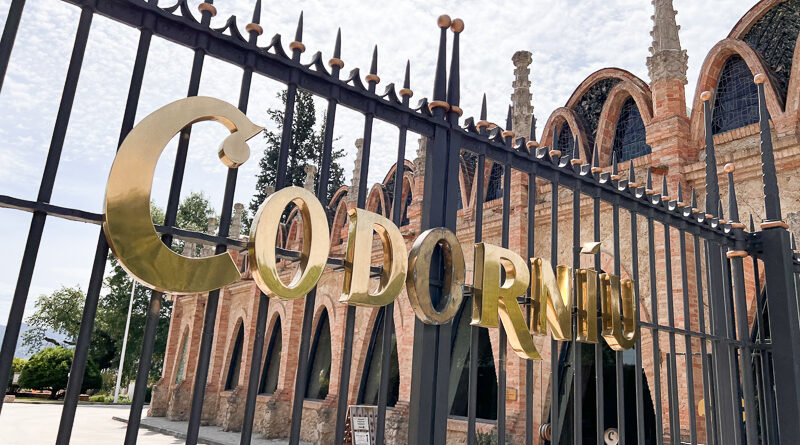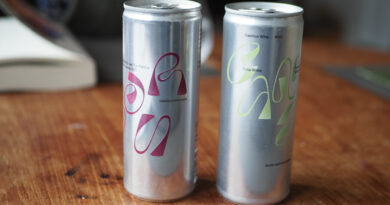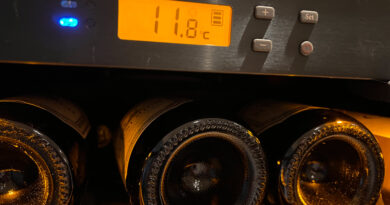Cava discovery (5) Codorníu
Wine was first made at Codorníu in 1551, by Jaume Codorníu. The surname Codorníu was lost in 1659 when one of the daughters of a Codorníu married a Raventos. The winery is called Codorníu still but the parent company is Raventós Codorníu, and this is now a group of 15 wineries around the world, including Viña Pomal in Rioja, Legares in Ribera del Duero, Scala Dei in Priorat, Raimat, Artesia in Napa and Septima in Mendoza. Four years ago this was acquired by Carlisle, a north American investment group, and the Raventos family now own fewer than 50% of the shares.
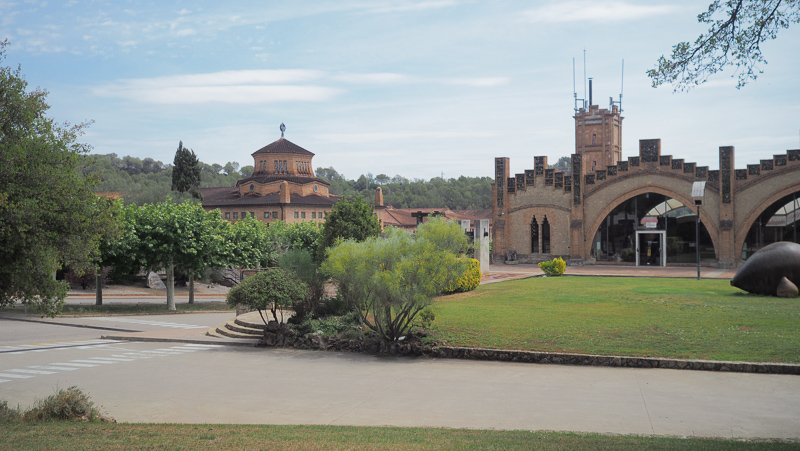
Back to Cava. In 1872 Josep Raventos made the first bottles of Spanish ‘Champagne’ using local grape varieties. At the time, the traditional method sparkling wines that emerged from Penedès all had Champagne on the label, and it wasn’t until the 1970s that the name Cava was used after Champagne began protecting their name.
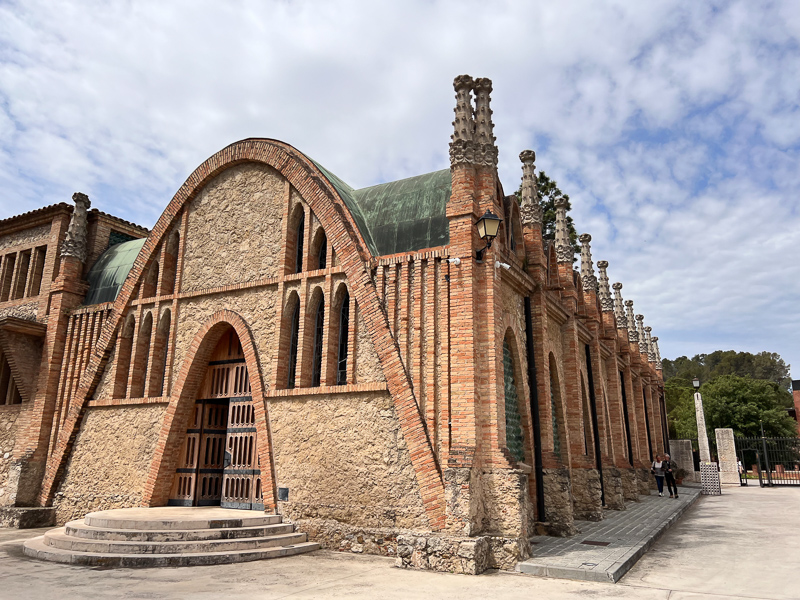
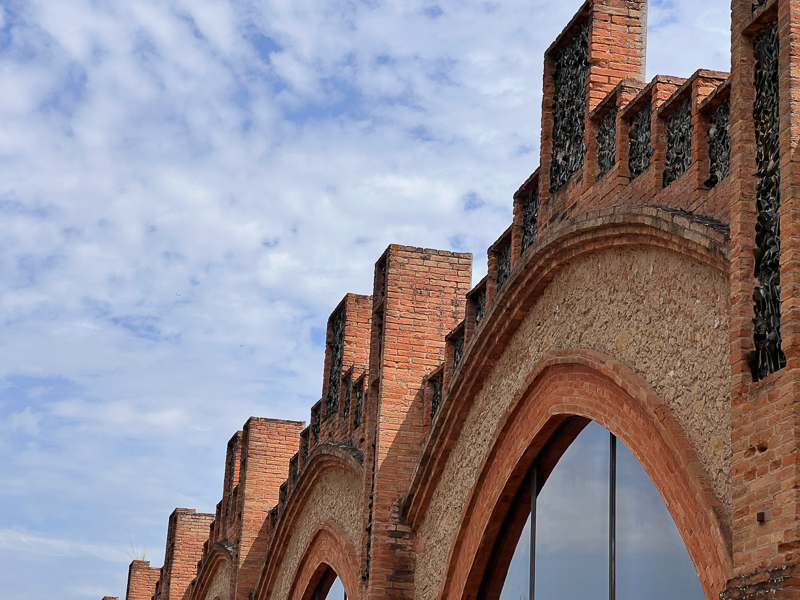
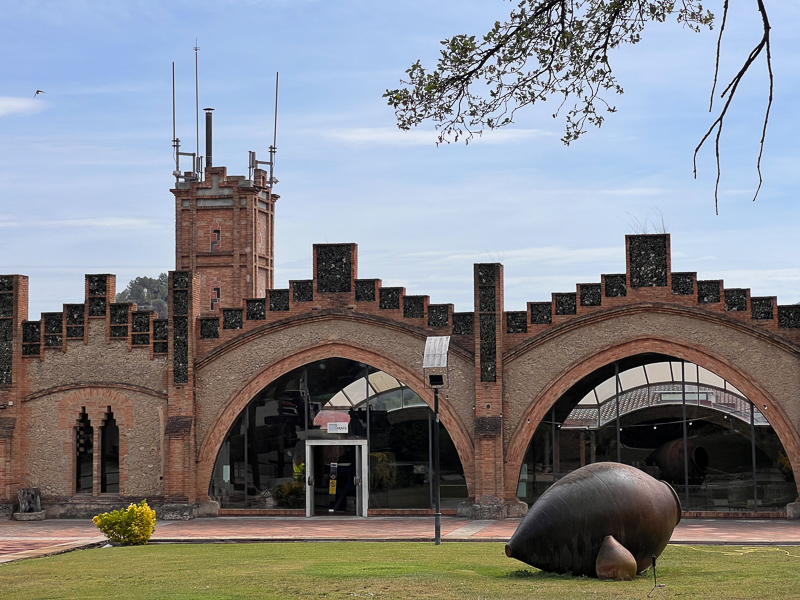
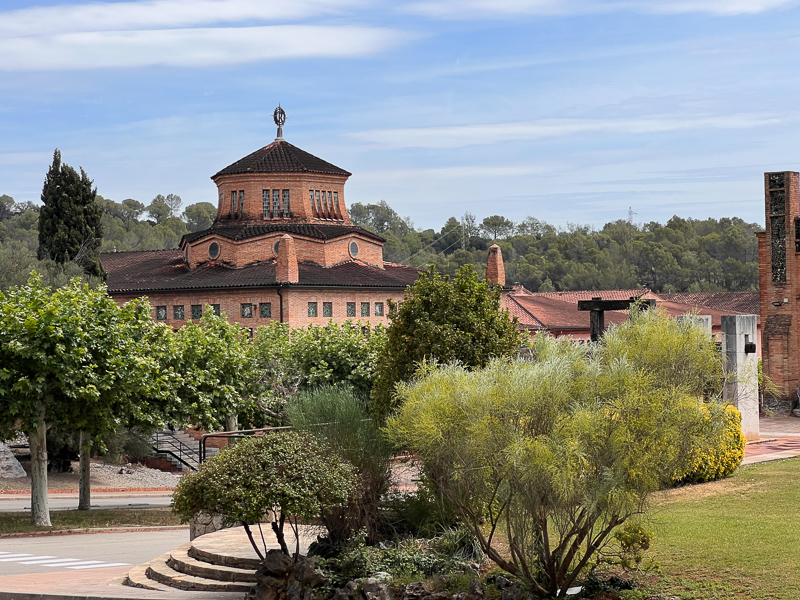
In 1885 Josep died and his son Manuel took over. He was a visionary and hired the architect Puig i Cadafalch who created three important buildings here. The large winery was from another architect, though, and was constructed between 1900 and 1915. By 1928 they were making 1 million bottles a year; the winery was too small so they built a new one next door. They currently have storage capacity for 100 million bottles.
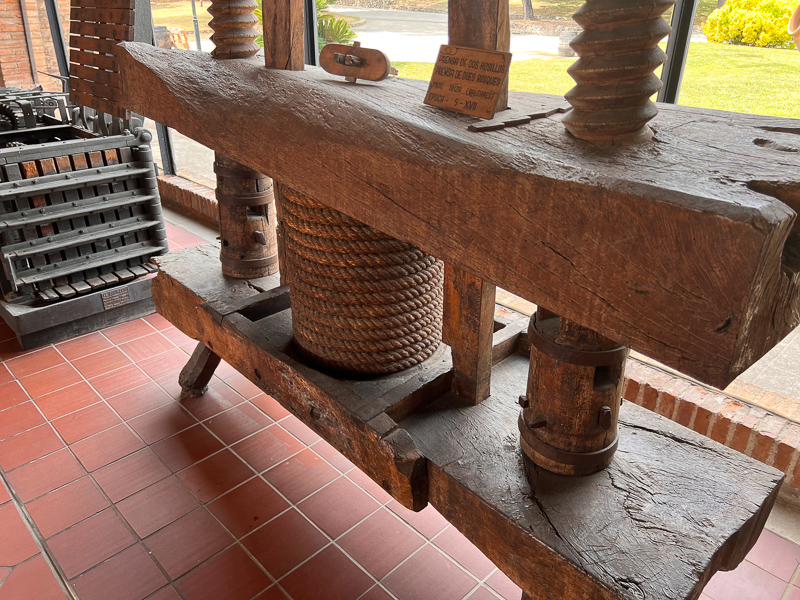
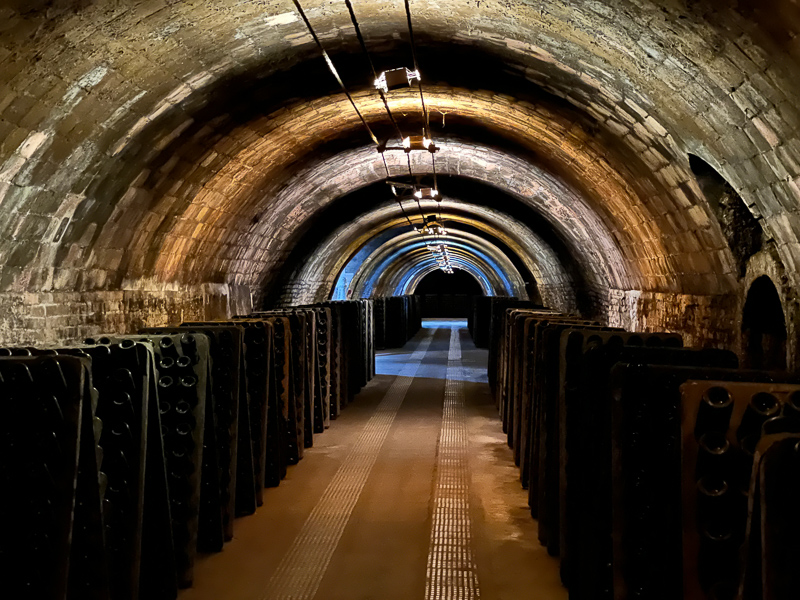
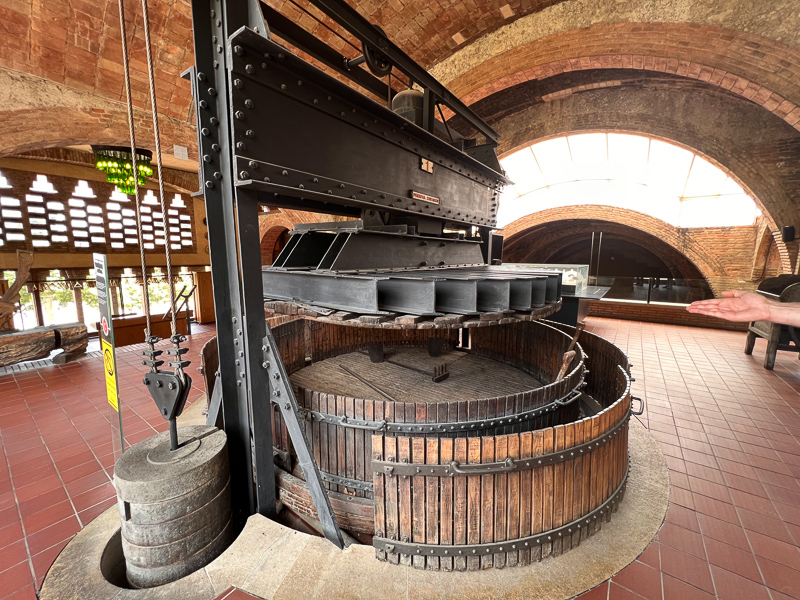
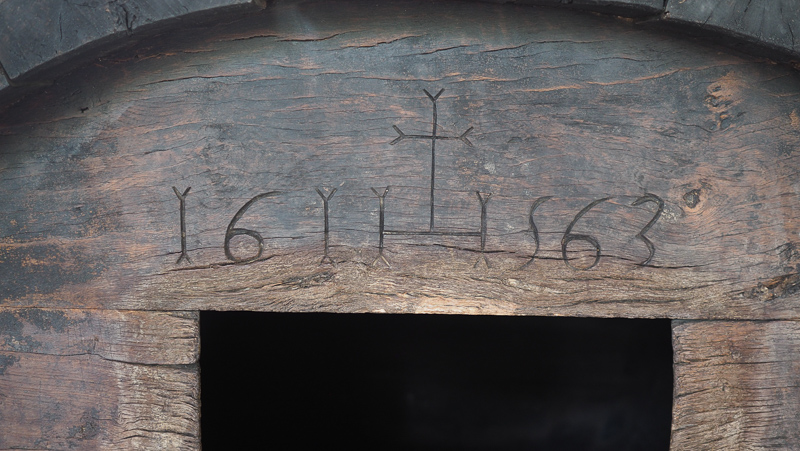
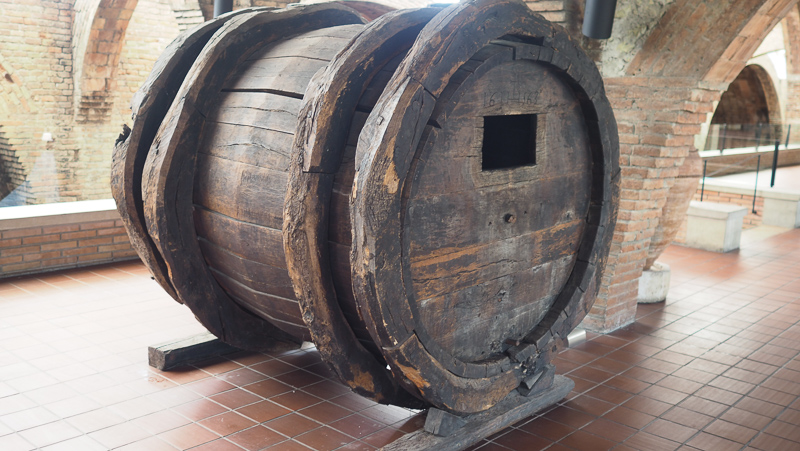
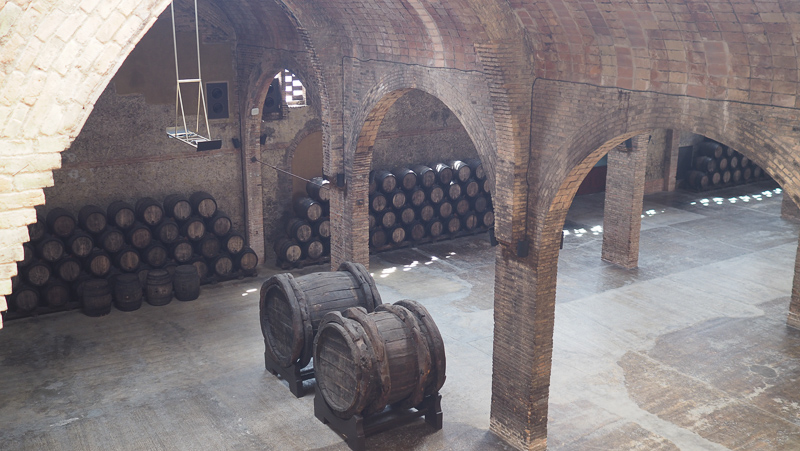
These days, Codorníu are large, but quality focused. They sell 30 million bottles of Cava, all of which are made here. Winemaker Bruno Colomer, who has been here for 15 years, explains that many companies buy base wines or even bottled wines which they then produce under their own label; these practices aren’t followed at Codorníu. He’s worked at companies that do all these things. ‘We are a big company, so we need a lot of vineyards,’ he says. They own 2000 hectares, but still buy most of their grapes from growers. ‘Of 350 companies in Cava, only 50-70 work with grapes,’ says Colomer. ’30 are making wine from these grapes, the other 20 make base wine.’ The region is collectively making a huge shift to organics. ‘Soon everything from Anna onwards will be organic.’
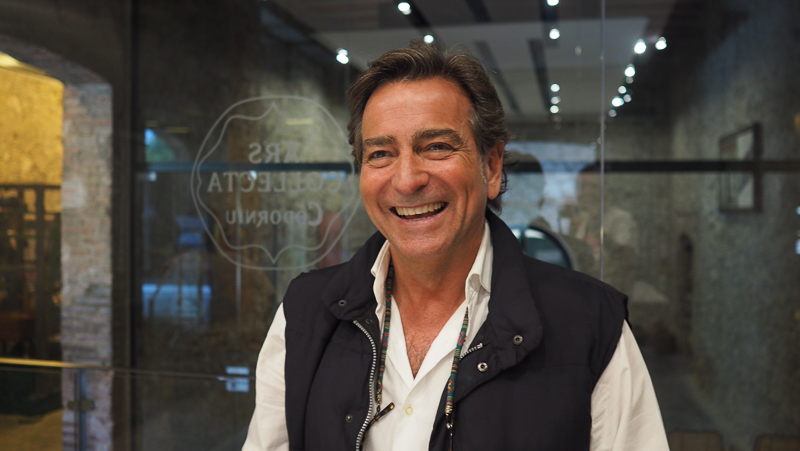
In 1872 they were the first to make it out of the three main local varieties; in 1982 they introduced Anna, which is mainly Chardonnay; and in 2002 they pioneered making Cava just from Pinot Noir.
Colomer divides production into three styles. There are ‘Areas’ (largest quality zones), then ‘Zones’, then ‘Parcelas’. He has a system for grading grapes: A, B, C and D. D grapes are for the simplest Cavas, with 9 months ageing on lees. C are for 18 months ageing; B for 36 months; and A can go to 10 years.
A quality would be 8 tonnes/hectare yields, and acid of 10 g/litre. B would be 10 tonnes/hectare and acid of 8.5 g/l. C would be 10 tonnes/hectare and medium acidity. D would be 12 tonnes/hectare and low acidity.
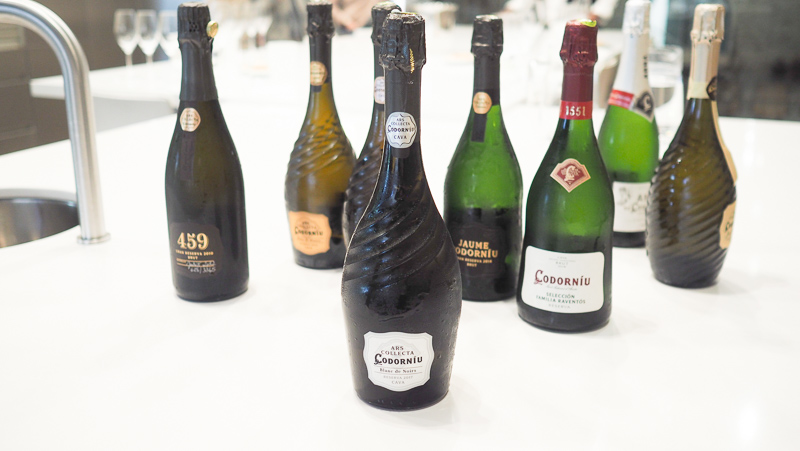
Pressing A grapes yields 450 litres per tonne; B is 600 litres/tonne; C is 600 litres/tonne; and D would be 666 litres per tonne. He aims for juice with an NTU of 20-40 for fermentation, and fermentation temperature is 16 C.
No activated carbon is used here. If they make Blanc de Noirs they oxidise the juice in the absence of SO2.
Anna de Codorníu, perhaps their most important wine, is a 3.5 million litre blend. They have perhaps 200 tanks for Anna, but they want the same blend. They taste and then blend down to say 80 tanks. Then reduce the blends, and for the final blend they blend 3 different blends. They have to move the wines three times for Anna, and always with the yeast, this protects the wines. They filter before the bottling. Inoculate and add 22 g of sugar, and for Cava with more ageing they use 24 g.
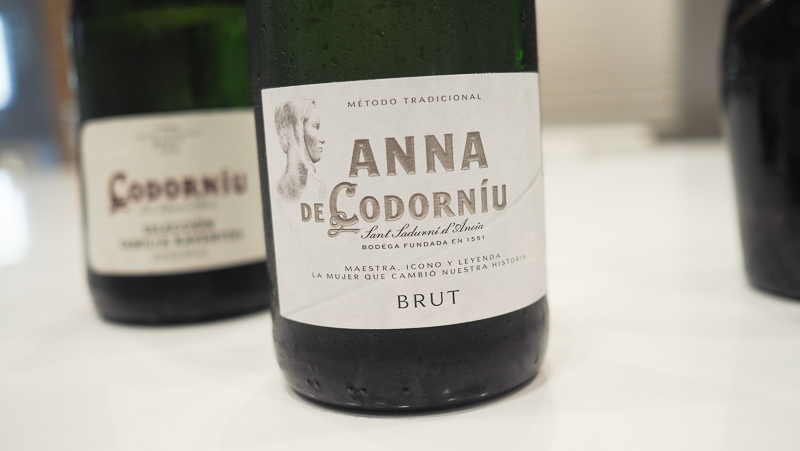
Codorníu Anna de Codorníu Cava Brut NV
11.5% alcohol. Make 5 million bottles of this a year, and it has been made since 1983. 8 g/litres dosage, 9-18 months on lees. There has always been a large proportion of Chardonnay (70% currently). Fresh, bright and linear with nice lemony freshness. There’s a lovely brightness and juiciness, here. It’s pure with good citrus character and a slight hint of chalky minerality. 89/100
Codorníu Selección Familia Raventos Cava Reserva Brut 2018
50% Chardonnay and 50% traditional varieties. Dosage 9 g/litre. This comes in a gothic bottle. Toast, honey and citrus on the nose. There’s a nice purity and concentration here with some notes of lemon, pear, apple and honey. Lovely fruit intensity here: it’s generous but nicely balanced with just a hint of sweetness. 90/100
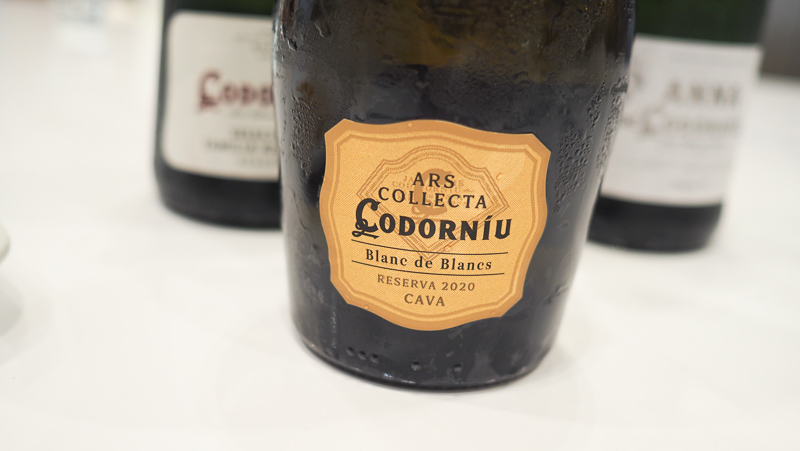
Codorníu Ars Collecta Blanc de Blancs Cava Reserva Brut 2020
11.5% alcohol. Chardonnay, Xarel-lo and Parellada from three different landscapes. 9 g/l dosage. Fresh, aromatic nose with lively lemony fruit and a touch of green herbs. Lovely fruit here with pear, apple, lemon and some melon. Very appealing with nice texture and weight. 92/100
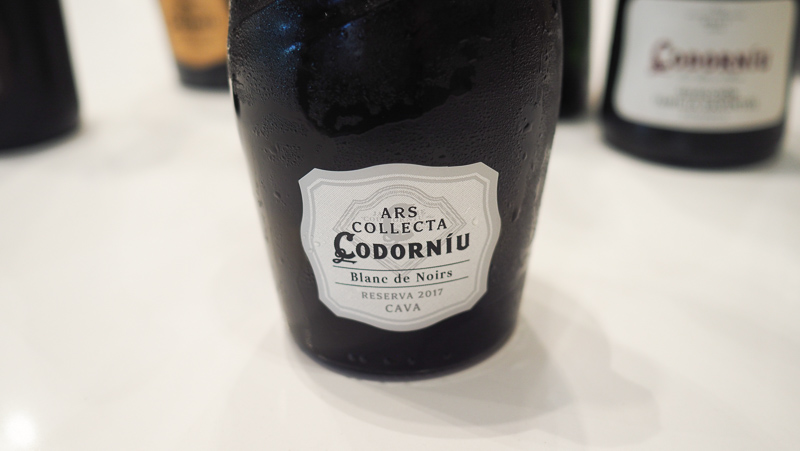
Codorníu Ars Collecta Blanc de Noirs Cava Reserva Brut 2017
11% alcohol. 85% Pinot Noir, 7% Xarel.lo and 8% Trepat. Still pale in colour. Zesty aromatics with cherry, lime and herbs. Juicy and linear on the palate with lovely pure fruit. Cherry, some lime, some orange peel and nice tapering acidity. Very fine and expressive. 92/100
Codorníu Ars Collecta Cava Grand Rosé Reserva Brut 2019
11% alcohol. 85% Pinot Noir, 7% Xarel.lo and 8% Trepat. Pale pink in colour. Bright and expressive with lovely red cherry and cranberry fruit, as well as some lemons and a slight bitter orange peel edge. Lovely fruit here, with bright acidity. 90/100
Codorníu Jaume Codorníu Cava Gran Reserva Brut 2018
12% alcohol. Xarel.lo, Pinot Noir and Chardonnay. Acidity between 9 and 11 g/litre. Compact, taut and expressive with bright pear and citrus fruit as well as some appley hints. Crisp and citrussy with nice precision and weight showing a slight creamy character. Mouthfilling and weighty but with sophistication. Has generosity. 92/100
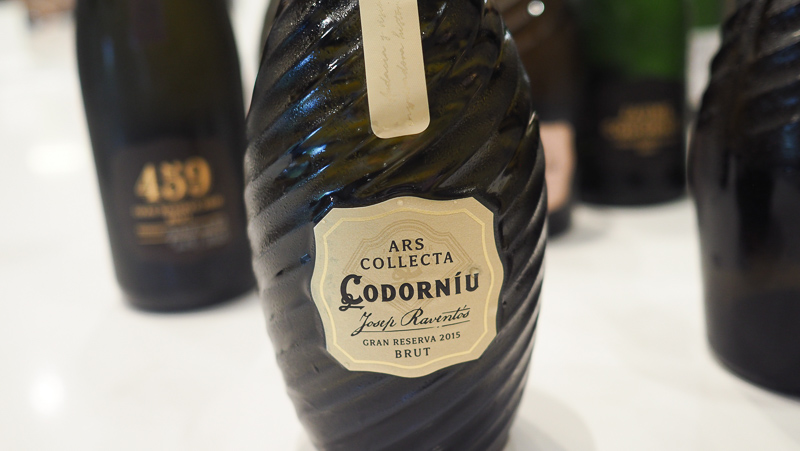
Codorníu Ars Collecta Josep Raventós Cava Gran Reserva Brut 2015
Traditional varieties plus Pinot Noir and Chardonnay. 8 g/l dosage. Complex, taut and expressive with pear and citrus fruit complemented by savoury herb, toast and nut notes. There’s lovely depth and focus here with a nice fine spicy character and a warm nutty, spicy finish. 93/100
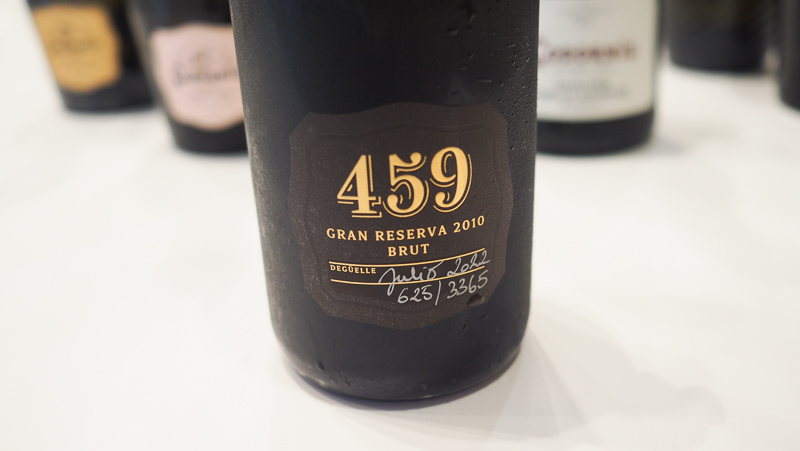
Codorníu Ars Collecta 459 Cava Gran Reserva Brut 2010
1551 was the first wine made here, and this is 2010, so it’s the 459th harvest since then. The debut of this wine was 456, from the 2007 year. It’s the same blend as Jaume, but they are looking for higher acidity. This has lovely nose of vanilla (but no oak in the base wines) and cream, with some spice. The palate has wonderful concentration with almond, spice and honey with lovely crystalline citrus fruit, and some pear and mealy savouriness. 94/100
Find these wines with wine-searcher.com
CAVA DISCOVERY
- Cava discovery (10) Juvé y Camps
- Cava discovery (9) Augustí Torelló Mata
- Cava discovery (8) Bolet
- Cava discovery (7) Mastinell
- Cava discovery (6) Muscàndia
- Cava discovery (5) Codorníu
- Cava discovery (4) Vilarnau
- Cava discovery (3) Can Sala by Família Ferrer
- Cava discovery (2) Parés Baltà
- Cava discovery (1) an overview and a large blind tasting

